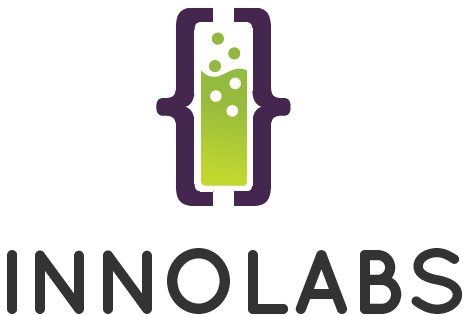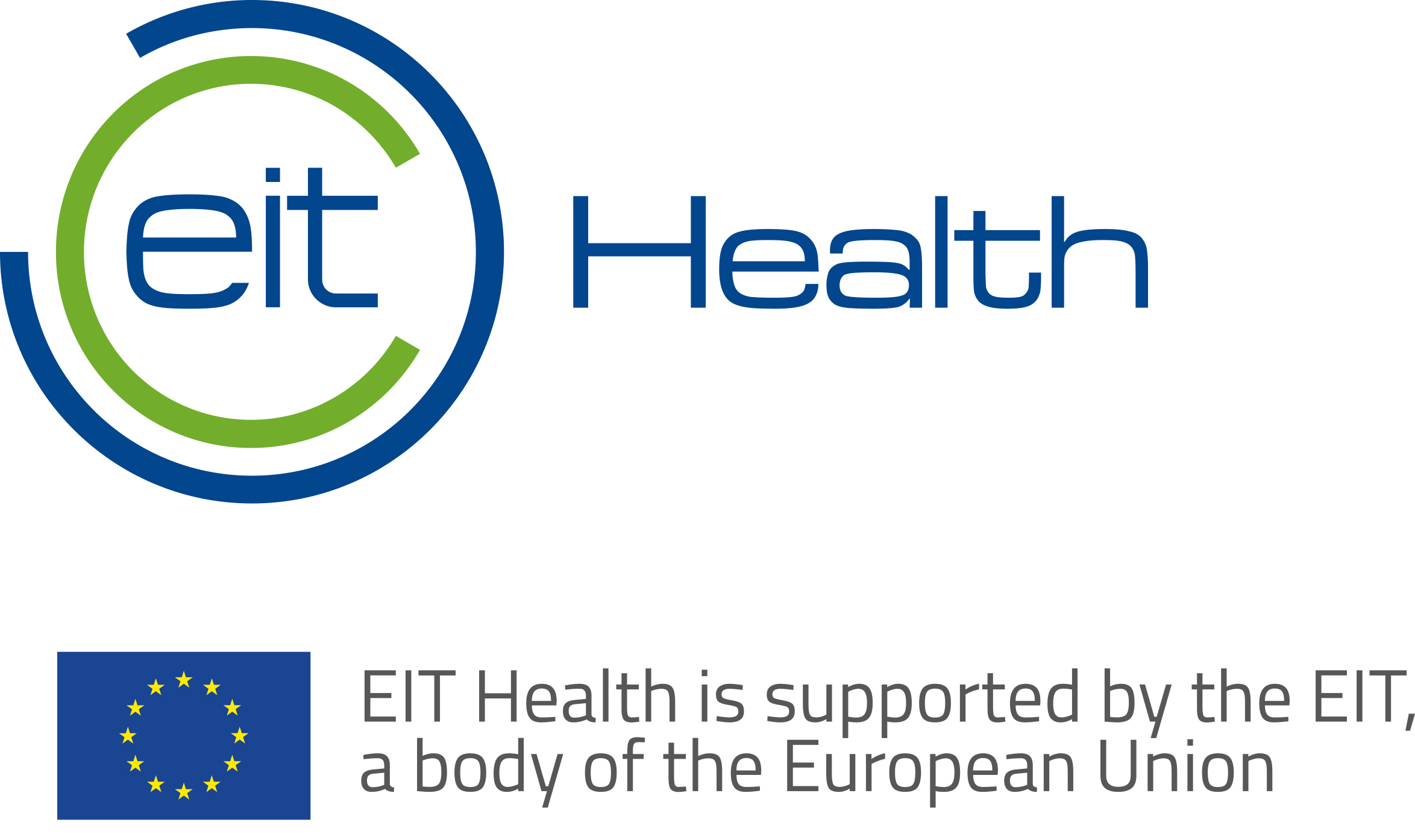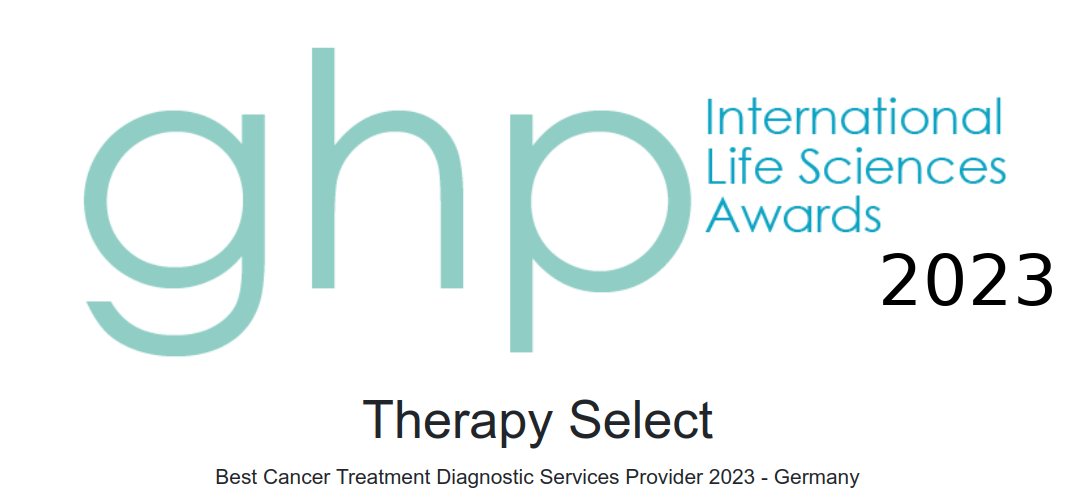Chemosensitivity in Cancer Therapy
Chemotherapies are the centerpiece of many cancer therapies. For patients, receiving chemotherapy is associated with great hopes, but also great physical and emotional strain. This is also because chemotherapy is not always as effective as it should be in every case of cancer. Chemosensitivity testing aims to detect these resistances of cancer cells before the start of treatment, thereby helping to prevent ineffective chemotherapies.
Chemotherapeutics and Chemotherapy According to Medical Guidelines
Cancer develops when cells divide too fast and their divisions are out of control. Because of this, drugs which target and kill fast-dividing cells – the chemotherapeutics – are a staple in cancer therapy. Today, physicians can choose from a wide range of potent chemotherapeutics with different mechanisms of action when planning a chemotherapy. Choosing from these the best medication for treatment of an individual case of cancer can be a challenge. This is because therapy efficacy is not only influenced by the type of tumor, but also by individual features of the patient.
Current guidelines for cancer therapy aim to group cancer patients based on origin tissue and cancer stage. Each of these groups is then treated – according to previous experience – with the cancer therapy they are most likely to benefit from. Chemotherapeutics are – depending on type of cancer to be treated – often used in standardized combinations, to increase efficacy and decrease adverse drug reactions.
Chemosensitivity and Chemoresistance as Features of Cancer
Yet, chemotherapy according to the guidelines is not equally effective in each case. Cancer is a disease which is influenced by individual factors. Also in tumors of similar origin, the susceptibility of cancer cells to a chemotherapeutic (chemosensitivity) may differ between patients. Chemosensitivity is a feature of cancer cells that describes the strength of the tumor's reaction to a given anti-cancer-drug. It describes whether a tumor reacts to this chemical, e. g. how strongly its growth is inhibited and / or if its cells are killed as a result of treatment. Therefore, chemosensitivity in cancer is a prerequisite for the efficacy of chemotherapy.
Chemoresistence is the opposite of chemosensitivity. Similar to antibiotic resistant bacteria, a chemoresistant tumor can continue to grow even in the presence of a chemotherapeutic it is resistant to. Accordingly, using this drug for chemotherapy would not be a promising approach. Fortunately, it is rare for cancers to be resistant to all medication that could be used to treat them. So, viable alternatives can be found if the chemoresistance is known in advance. With this, we would like to help you.
Direct Chemosensitivity Testing
Chemosensitivity and chemoresistance can be assessed using the same methods, collectively referred to as „chemosensitivity assays“. They measure whether a sample of the patient's cancer cells can survive and keep dividing despite being treated with anti-cancer-drugs, making them chemoresistant. If cancer cells show chemoresistance in a chemosensitivity assay, there is a >95% chance1) the source tumor is also resistant to the chemotherapeutic in question. Predicting these resistances accurately is the forte of chemosensitivity assays (or, more fitting: chemotherapy resistance assays). By only administering chemotherapeutics which were able to slow down the cancer cells' growth in a chemosensitivity assay, the chances of a positive clinical response increase significantly.
If cancer cells show chemosensitivity in a chemosensitivity assay, it indicates the source tumor is vulnerable to the tested chemotherapeutic, as well. Yet, chemosensitivity of the source tumor can not be as accurately predicted from chemosensitivity assays as chemoresistance, as no current diagnostic test is able to fully simulate therapy resistance in the human body.
Chemosensitivity assays detect surviving cancer cells in different ways. Our method of choice, the Chemotherapy-Resistance-Test (CTR-Test®), measures the amount of newly synthesized DNA to assess whether cells from a tissue sample have divided during treatment with chemotherapeutics. As regular (non-cancerous) cells do not divide in this assay, they remain invisible to the test, making it particularly specific to cancer cells. Other assays instead measure the amount of ATP (an instable molecule used to transfer energy in living cells), which is more likely to be biased due to surviving non-cancerous cells.
Indirect Chemosensitivity Testing
All chemosensitivity assays described above require living cancer cells. Yet, stored and dead tumor samples can – if acquired recently – still hold information about the chemosensitivity of the tumor they originated from. In this case, chemosensitivity can be extrapolated from analyzing biomarkers – characteristic biological features of the tumor that can be associated with therapy outcome. By assessing relevant biomarkers for multiple therapies, an individual profile of the tumor can be generated for predicting to therapy efficacy.
Beyond Chemotherapy – Chemosensitivity Assays in Targeted Cancer Therapies
Increasingly, chemotherapies in cancer are combined with or replaced by so-called targeted cancer therapies. Targeted therapy drugs specifically target one of the molecular alterations (mutations) which give rise to out-of-control cell proliferation and cancer formation in formerly healthy tissues. As a result, targeted drugs are able to distinguish cancer cells from healthy cells more clearly than chemotherapeutic drugs. They are more specific to cancer cells, have less side effects, and can be exceptionally effective in fighting cancer. But they will only have these effects if the treated cancer carries the exact mutations the drug targets. Accordingly, the (chemo)sensitivity of cancer cells against a targeted drug is strongly dependent on the presence of a few specific mutations. Therefore, it is important to tailor the therapy to the given patient.
The probability of response in targeted cancer therapies can be assessed using the same methods described for chemosensitivity testing above. As therapy efficiency is strongly dependent on a few specific mutations, indirect efficacy testing is already carried out for several newer targeted therapy drugs by analysis of chosen molecular-based biomarkers. Direct efficacy tests for targeted therapies are also being developed or are already on the market for selected drugs.
Further reading
For more information on the areas of use of different chemosensitivity assays, please continue reading in "Which test for whom?"
Sources
1) Kischkel et al., 2017 – „New in vitro system to predict chemotherapeutic efficacy of drug combinations in fresh tumor samples.“ DOI 10.7717/peerj.3030
(Link: https://peerj.com/articles/3030.pdf)



